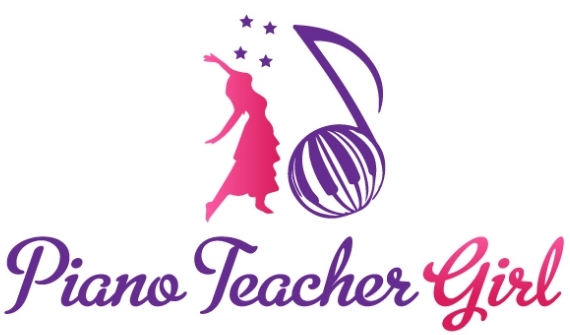Once a student is interested in taking lessons, a common question is, what kind of styles of music can a student learn? The short answer, is that any style is possible to learn. The long answer is contingent on some specific things such as the level the student is at, the student’s age, their experience level, and the ability of the teacher to introduce them to the different styles.
I think kids are great candidates for learning pop music, partially because they hear things on the radio, and can use their ear to help them learn the songs. Pop songs require a bit of understanding of rhythmic patterns, but once they get the hang of the common ones, they can apply this understanding to a whole slew of songs. Pop songs are great also because they can be adapted to the level of the student. Since young students are just starting to put hands together, being able to adapt a song where the right hand primarily plays the melody and the left hand plays the accompaniment is something that is easy to do for most pop songs.
I grew up playing classical music primarily, and this style of music is great for hand/eye coordination and creating mental synapse connections. And there are so many different types of eras of music to choose from. Kids do pretty well starting out with classical and baroque styles as they scalable in difficulty and really helps them understand rhythmic durations. The romantic style pieces can be more complex and not quite as scalable, but they are some of the most beautiful pieces of music written. The wonderful thing about classical music styles is that there is just so much other there, and many pieces are quite recognizable so again, students can use their musical ear to help them with understanding how to play the songs.
And finally we come to Jazz. Oh boy! Jazz is a whole other world based on a different slew of theory rules, but kids can learn some basic scales from early on in their musical adventures. Maybe they aren’t reading jazz songs from sheet music because they would need to understand all aspects of music notation ranging from the sharps, flats and complex rhythmic patterns, but they could certainly be exposed to some of the basics. Adult learners tend to veer towards wanting to learn jazz, and if they have a basic understanding of music notation, they can do fairly well.
So as you can tell, there are several types of styles of music, and I’ve only covered the common ones we think about when thinking about songs. There are, of course, many other styles of music that can be learned from other countries and cultures. Kids (and adult learners) can learn many different styles of music, and the limitations are only dependent on their understanding of the basics of music, their current level of playing and how much time they can put into learning their instrument.

